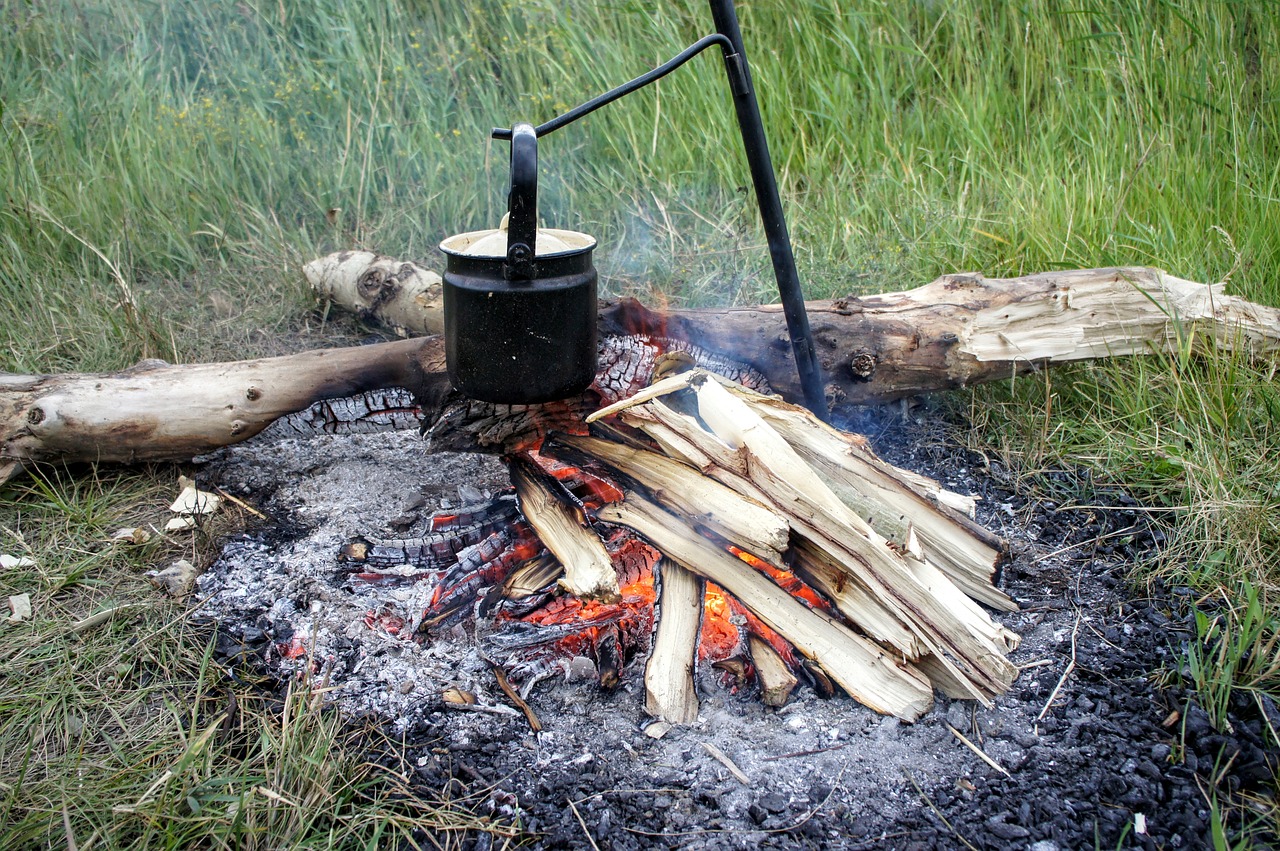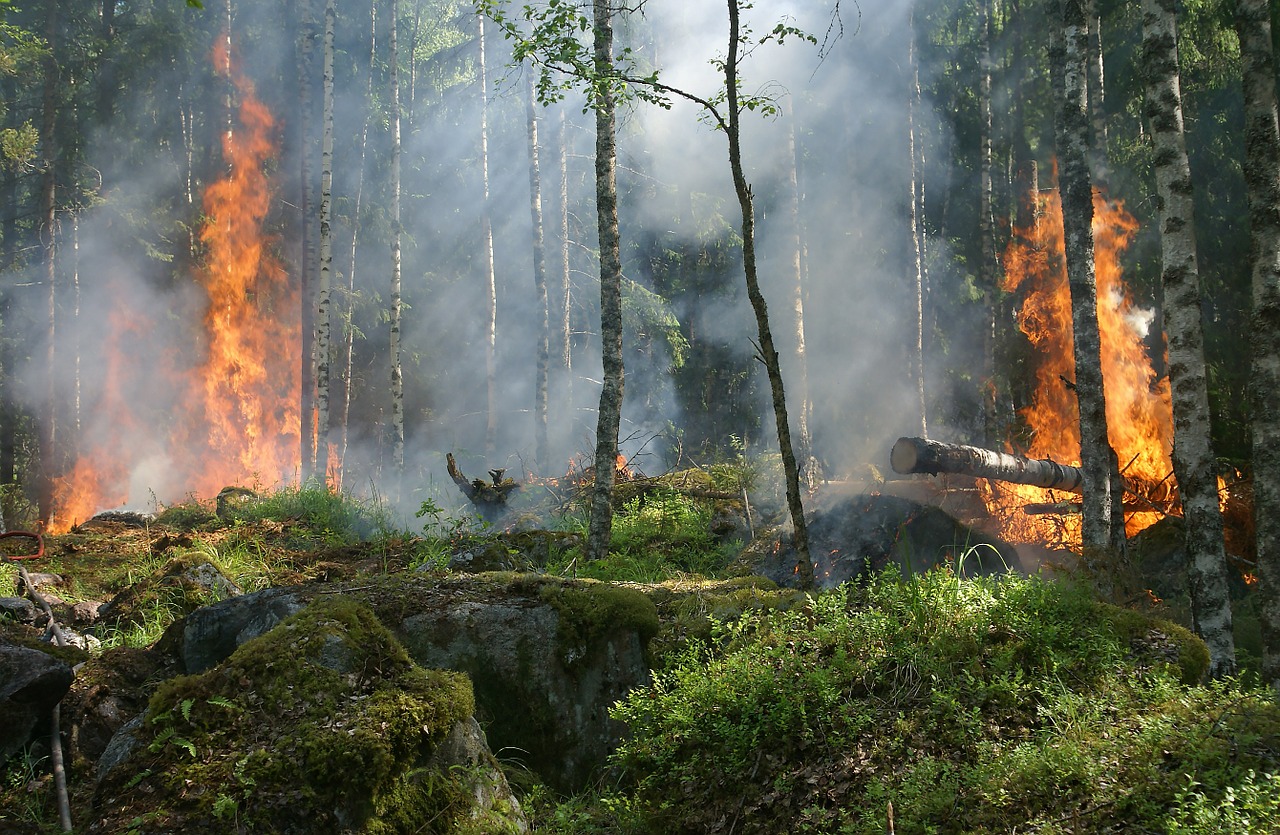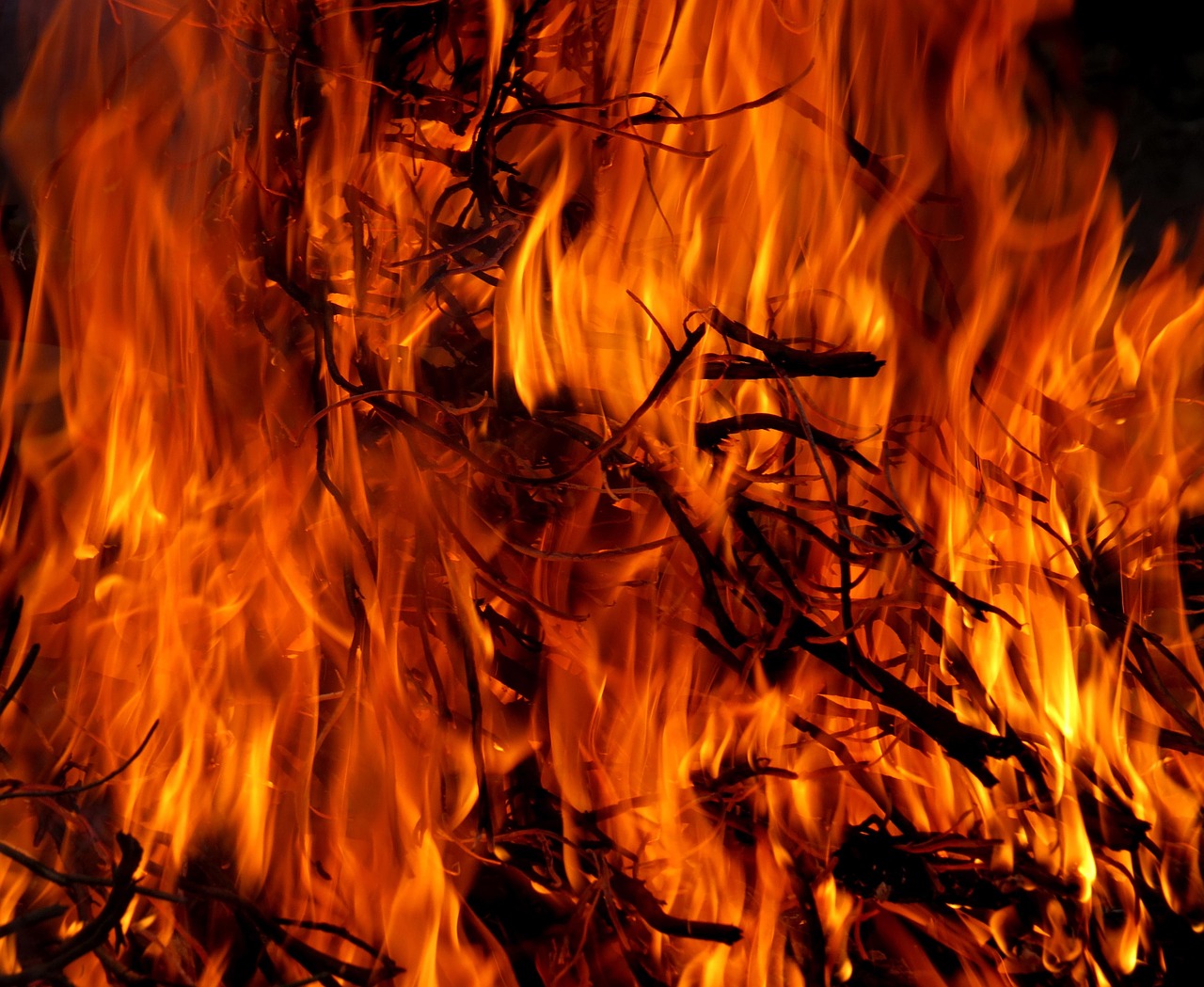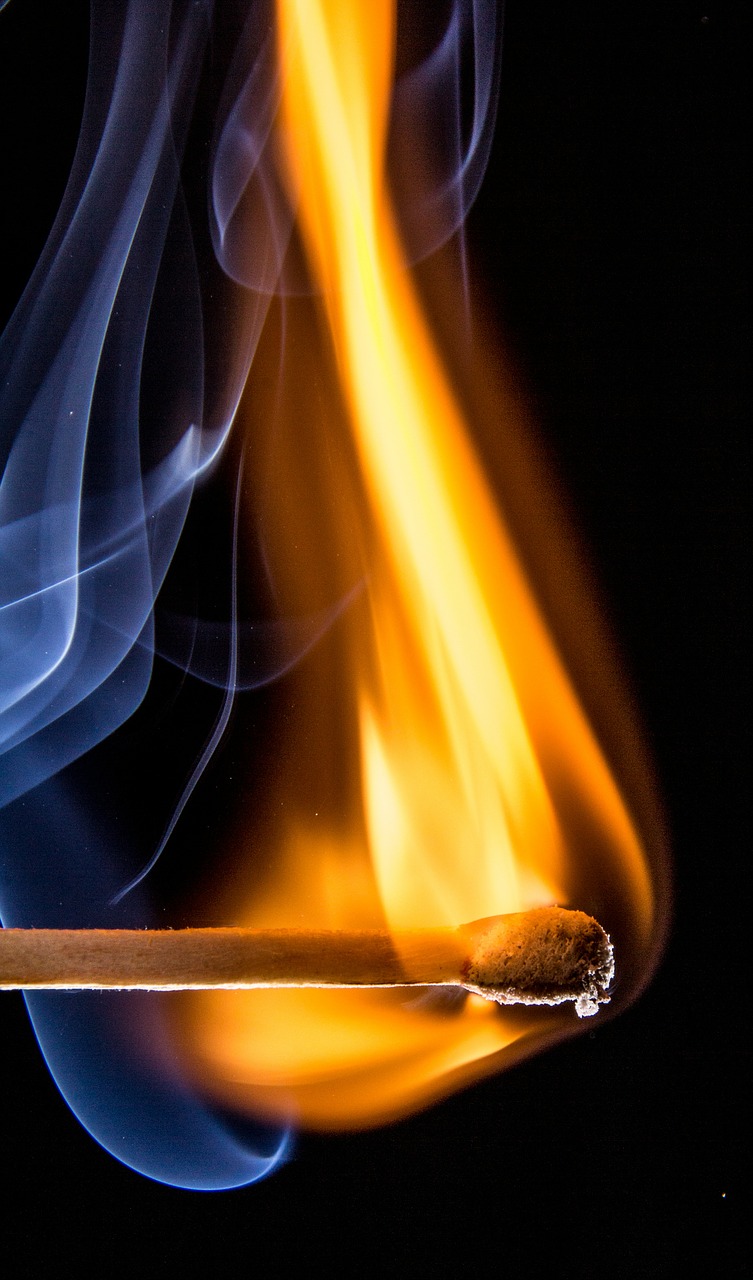Should Campfires Be Suspended Permanently
During the morning of 17 August 2013, Keith Matthew Emerald was cold and hungry following an early morning hunt in a remote area of the Sierra Nevada mountain range, near Yosemite National Park.
Instinctively, he did what numerous generations of outdoorsmen before him have done; he started a campfire. After burning a total of 400 square miles and named the Rim Fire; the resulting wildfire would finally be extinguished nine weeks later at the cost of $127 million. It became the third-largest wildfire in history in the state of California.

Mr. Emerald was charged with a felony because a fire ban had been in place and he also faces a nine-figure penalty ($127,000,000) because local and state governments now hold individuals financially accountable for the enormous costs of fighting wildfires.
Will you be able to enjoy the ever popular campfire on your next camping trip? For residents of California, Oregon, and Washington, the answer is probably already no.
Those three states had a total campfire ban for most of this summer in most wilderness areas. You could not have a fire on public land, outside of the metal fire rings in supervised campgrounds.
With the drought on the West Coast thought to be a long-lasting one, it is very probable that next summer will see comparable if not even further-reaching limitations; especially, as these states face enormous budget deficits for firefighting.
But the risk, effort and cost of wildfires is only one factor that could bring the end to campfires, which means that in locations even less disposed to brush fires are in jeopardy.

Let’s have a look at some of the other problems campfires cause.
Pollution
The smoke from burning wood contains minute particles of unburnt wood. That probably doesn’t sound like pollution, but if you can imagine these particles in the smoke being reduced in size to 2.5 microns or less, these microscopic particles become toxic. The smoke from burning wood also contains polycyclic aromatic hydrocarbons (PAHs). These are some of the chemicals, such as acrolein, formaldehyde, benzene, and acetaldehyde that are released when burning wood. In the state of Washington, wood smoke creates approximately 51 percent of its fine-particle pollution during the winter. Although outdoor fires are a major contributor, most of this particle pollution is due to wood-burning stoves in the home.
Water sources become a significant risk as these toxic residues can end up in the rivers and lakes, as fire ash filters into the ground or is swept into the water sources by rain.
In the heavy-use campsites like those in the national parks, smoke from campfires can also lead to a visible haze.
Health Problems
As comfortable as we all are when we smell wood smoke, inhaling all of the chemicals mentioned above isn’t good for you. The list of effects wood smoke has on your health is nearly endless. Here are just a few: irritated eyes, sore throat, sinus and lung problems, headaches, reduced lung function, lung inflammation and swelling, increased risk of respiratory disease, more severe and frequent symptoms of existing lung diseases, increased risk of heart attack and stroke, chronic bronchitis, emphysema, and cancer.

Litter
Once campfires are extinguished, left behind are piles of ash, blackened wood, and charred rocks. People often use campfires to burn garbage, which, in a lot of instances, are only partially destroyed. Commonly left behind are remnants of bottles, plastic, foil, and cans. This may not sound like a huge issue for, say, one campfire, but in heavy-use areas, fire rings and the above mentioned trash quickly become blights on nature’s beautiful landscape and add an extra workload for caretaking crews.
Tree Damage
Every camper knows they’re supposed to use only dead, fallen wood for their campfires. But, even using large quantities of this deadfall wood can cause problems. Dead logs and other ground wood may be crucial habitat for birds, small mammals, insects, and reptiles. Dead wood also boosts the soil’s field capacity for holding water; removing it could lead to erosion.
And we all realize that collecting wood habitually goes beyond the dead-fall and the naturally occurring fallen trees. If you visit any popular campsite, you’ll find trees stripped of low branches or charred by fires that were too close. Furthermore, in areas where conditions for plant growth is very slow – deserts, arctic tundra, high alpine environments – wood restoration could have difficulty to keep up with campfire demand.
Invasive Species
Firewood that you harvest or buy that you want to take with you to use for campfires can be home to invasive species, such as the Asian long-horned beetle. Taking the firewood to another location can introduce the invasive species to a new environment and endanger the indigenous trees in that area.
A simple thing like throwing a few logs from your wood pile onto the back of your vehicle and driving to a campground or to the mountains for a campout can cause irreversible harm to the natural environment you’re trying to enjoy.
Injury
There isn’t a national record of campfire-related injuries, but research in Oklahoma found that there were 57 injuries and one person was killed because of campfire incidents during a ten-year period.
The one thing that is evident is that it’s not just ongoing fires that cause injuries to people; sparks or ash cause 70 percent of campfire injuries after the campfire is supposedly extinguished.
The Campfire’s Uncertain Future
It’s perfectly understandable that having a fire has always been a fundamental element of enjoying a night outdoors. You are probably thinking about building campfires without injury or serious incident since being a Cub Scout. The legality and ethics of building a campfire were something rarely considered at all.

Is this the wrong attitude to take or politically correct? Maybe, but our failure to responsibly enjoy campfires cannot be argued – humans cause 90 percent of wildfires – and part of this statistic is because of the millions of new visitors to our national parks and other outdoor areas, supervised and unsupervised, to create an understandable need for enforced regulation.
Campfire Penalties
In the end, the charges against Mr. Emerald were dropped because of the mysterious deaths of two major witnesses. To review, Mr. Emerald was charged with for starting a fire in a restricted area, failing to control his fire, and lying to investigators. He was facing a maximum of 11 years in jail and a $500,000 fine. Additionally, he was accountable for the state firefighting costs of $127 million.
Obviously, that was a huge wildfire and an extreme case. But never say it couldn’t happen to you. Up to a $5,000 fine or six months in jail is the penalty for simply having a fire in a restricted area or leaving a fire unattended in Arizona.

There are some types of accidental fire-setting in California that are clearly described as arson. The California penal code defines such activities, in essence, as – a person is found guilty of unlawfully initiating a fire when he irresponsibly sets fire to, burns or causes to burn, any property, structure, or forest land. Convictions include up to six years in prison, and you’re held accountable for the costs incurred with fighting the fire, even if those costs are hundreds of millions of dollars. Other states have similar laws.
A scenario to think about: Would you miss the ability to have a campfire on the next camping trip you take on the West Coast? The answer is most definitely, but what would be missed much more would be if we didn’t have the ability to visit those wonderful areas at all. Maybe even more than missing $127 million? Outdoor Revival – Reconnecting us all to the Outdoors





